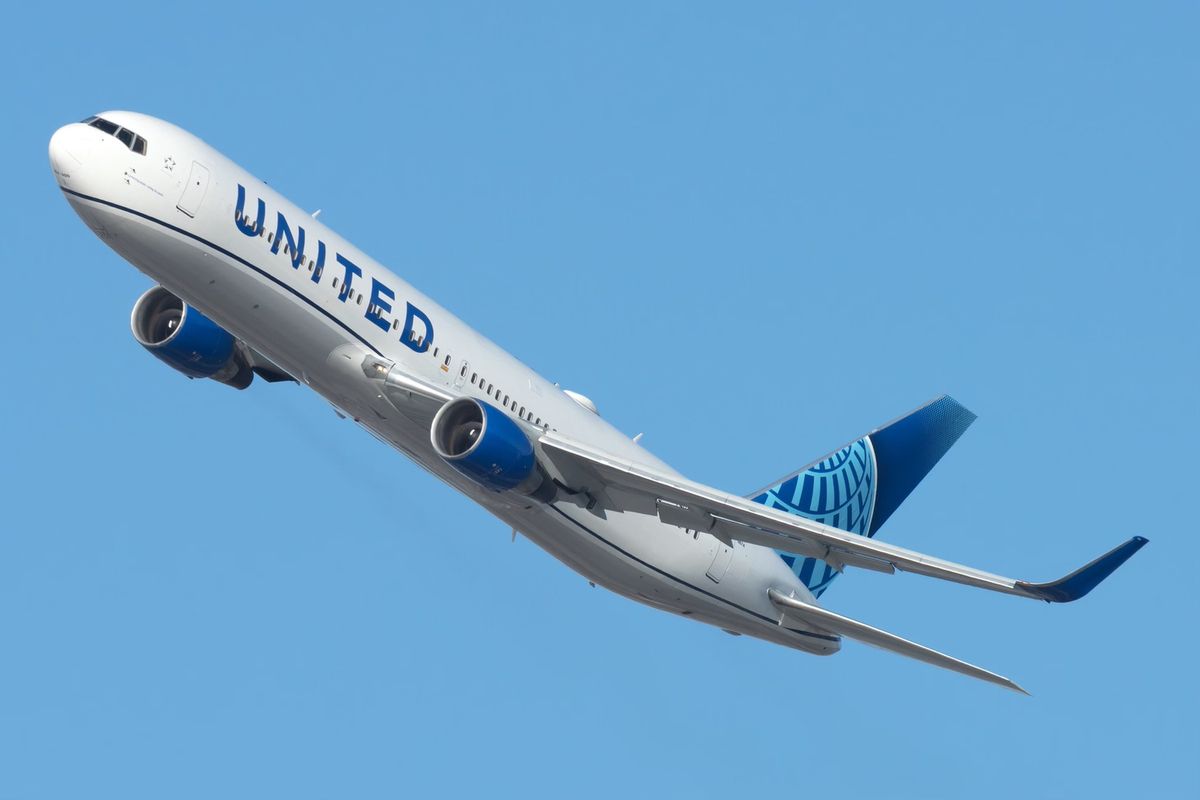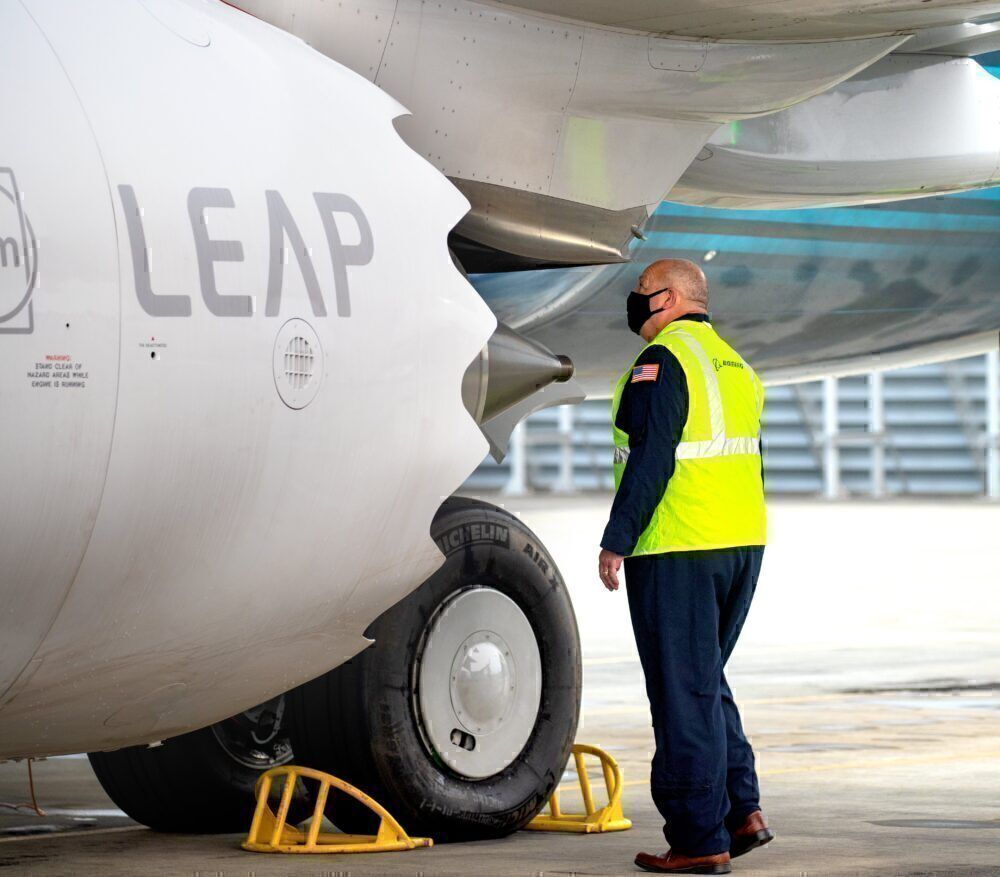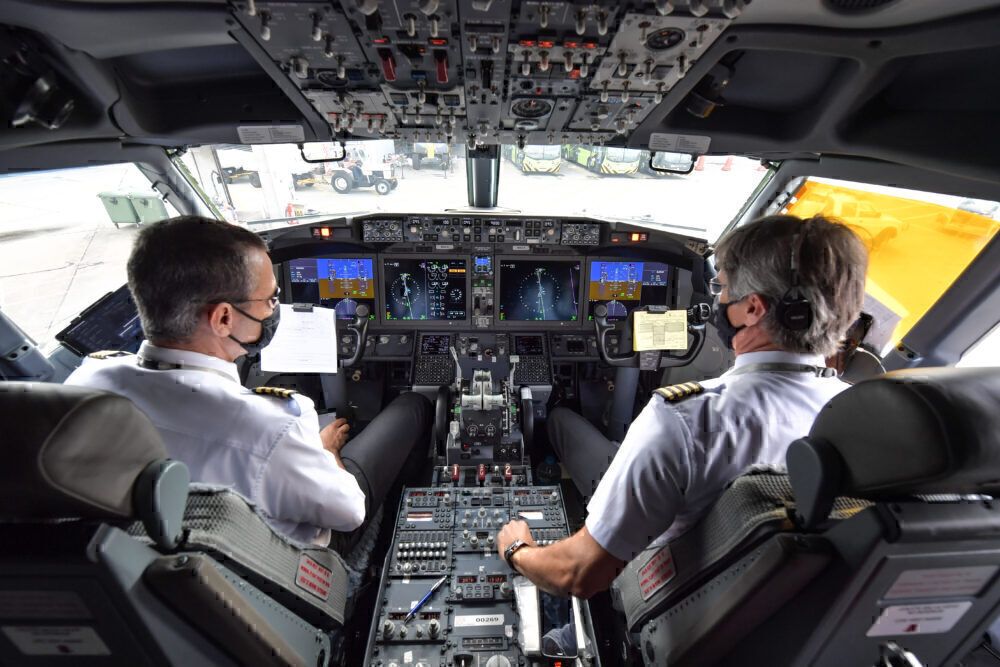Safety is a paramount aspect of all forms of aviation. As such, a pilot's role involves far more than simply flying the plane from place to place. Before an aircraft can take to the sky or even push back from its stand, pilots must perform various preflight checks to ensure that it is safe to fly.
A different kind of preflight check
Today, the ongoing coronavirus pandemic has also seen passengers subject to preflight checks of sorts. This has generally been done with rapid antigen tests to determine whether or not they have COVID-19.
However, here we will focus on the preflight checks that pilots carry out on the aircraft itself. These are split between external and internal examinations. You might have seen pilots walking around the aircraft and carrying out external visual checks before boarding a flight. However, internal checks tend to take place from the privacy and security of the cockpit.
Stay informed: Sign up for our daily and weekly aviation news digests.
External checks
During an aircraft's external checks, pilots must be mindful of all facets of safety. Their priority at this stage is visually inspecting the aircraft for any external anomalies that could render it unsafe to fly. However, they must also bear their own safety in mind. As the checks take place on active and often busy ramps, pilots must be aware of their surroundings to maintain their own safety during these checks.
According to Skybrary, things that pilots should look out for during external checks include the following aspects.
- Abnormalities in visible probes, vents, ports, and indicators.
- The appearance of landing gear locks and steering pins.
- If brake wear indicators are signaling that a brake change is necessary.
- Tire inflation and wear levels.
- Foreign objects (ranging from misplaced equipment to potential explosives).
- Cosmetic damage and wear.
- Ensure that engines and cowlings are secured.
- Check for the presence of ice on the underwing surfaces.
Internal checks
With the external inspections satisfied, the second part of the crew's preflight checks takes place in the cockpit. Here, the pilots must ensure that all of the flight deck's controls work accordingly, in order to fly the plane safely.
The cockpit of a commercial airliner will feature hundreds of switches, as well as several screens and dials. As such, the list of internal preflight checks can be very extensive. According to the Aircraft Owners & Pilots Association (AOPA), they can include the following aspects.
- Ensuring that the altimeter is set correctly.
- Checking that the aircraft's lights are functioning properly.
- Setting the trim.
- Checking instruments and setting the radio accordingly.
- Ensuring that the flight controls are fully functional.
As we can see, pilots must carry out comprehensive checks before a flight can take off. While a long (and even unforgiving in adverse weather!) process, these checks are crucial in keeping passengers and crew safe every time they take to the sky.



